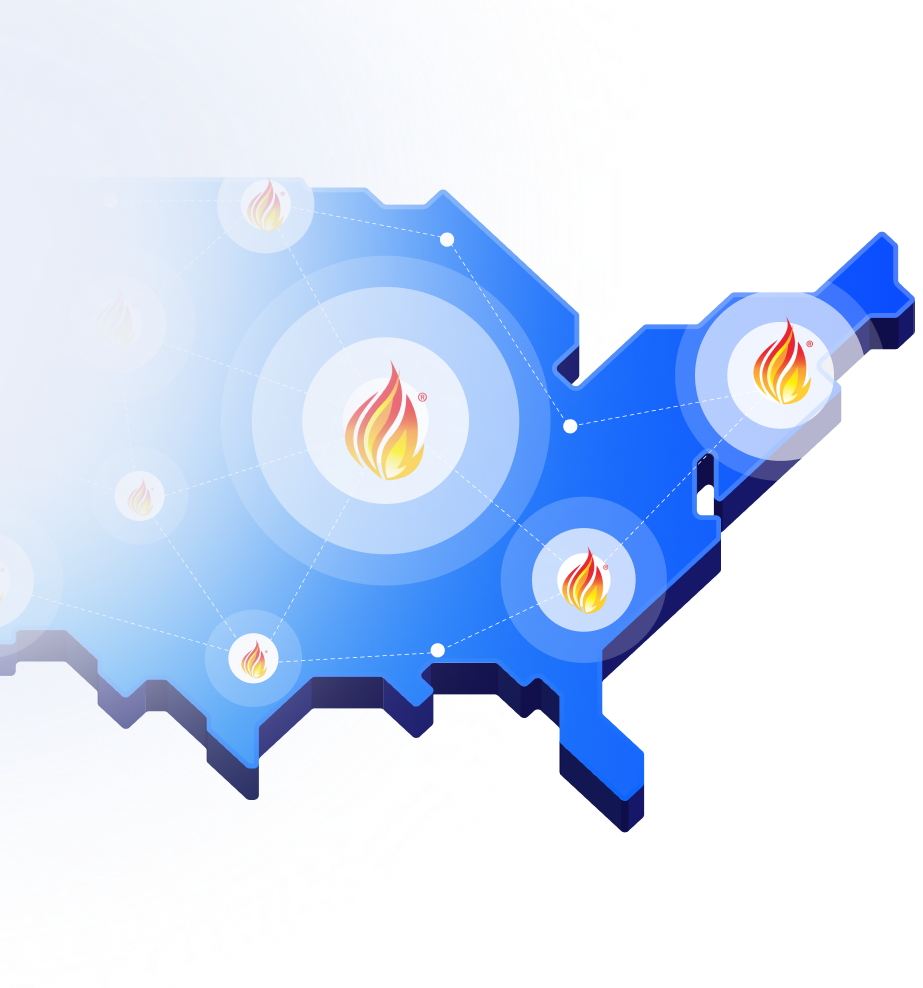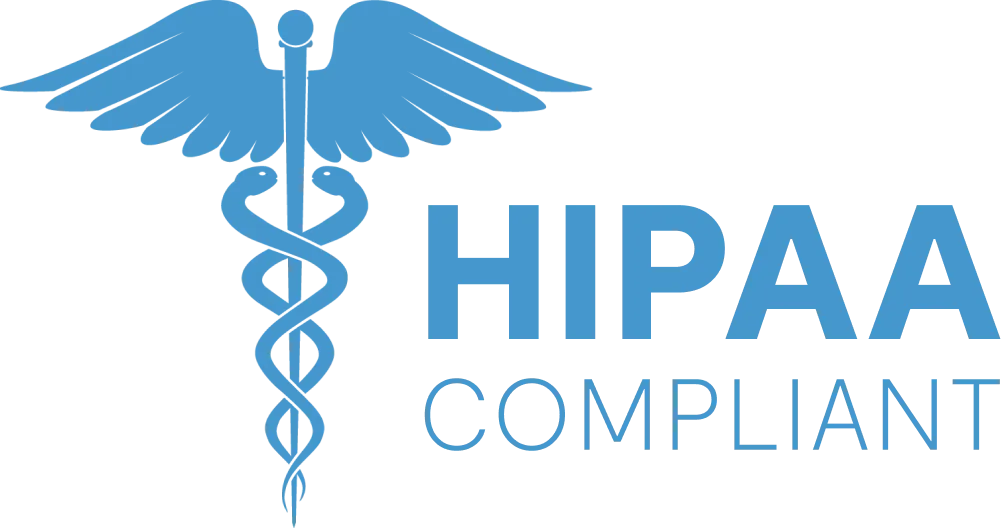In July 2025, CMS launched the Health Tech Ecosystem, a voluntary program to make data exchange work consistently across networks, EHRs, payers, and apps. At its core is the Interoperability Framework, a playbook of standards for real-time, patient-directed data exchange. Organizations that self-attest to meeting these criteria can be recognized as CMS-Aligned Networks. Together, these initiatives create a unified environment where patients, providers, and innovators share data securely and without friction.
.webp)

.webp)
.webp)
.webp)
.webp)
.webp)
.webp)
.webp)









.png)








%201.webp)
